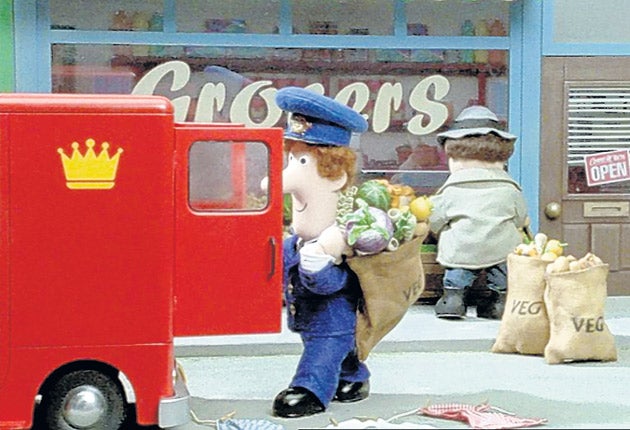Claire Beale On Advertising: A banned breast is best for a brand

There I was, innocently reading a story on a business news website about American Apparel’s latest ad campaign, and with one click on a link I was suddenly staring at Jane’s left breast and reading how she likes to get intimate with household appliances.
Let me explain. American Apparel, the fashion retailer that’s rapidly becoming the 21st Century Benetton in the way it’s courting advertising controversy, has just had its latest ad banned. The ad had run in the style magazine Vice, and an accommodating writer of a news story about the ban had furnished me with a link direct to viceland.com.
There Jane’s left breast shares space with “The Vice Guide to Anal Sex” and an article headlined “Ew, I saw my parents doing it”, all rather more abrasive to the unsuspecting eye than the American Apparel ad in question and just an innocent click away from a respected business website. It’s a crazy media world we live in where an ad (in an entirely appropriate magazine) gets banned but news reports of the ban merrily lead you to images far more likely to offend.
In contrast to viceland.com’s sex fest, the American Apparel ad itself features a winsome model called Ryan wearing the Flex Fleece zip-up hoodie. Except that in a couple of pictures, she’s forgotten to zip up and, oooh, she’s not wearing a bra.
The Advertising Standards Authority, which adjudicates on such matters as breasts in ads, was really quite relaxed about the amount of flesh Ryan is displaying. Even a short-sighted ASA adjudicator could see that the thing most likely to cause Vice readers offence was actually the coyness of the ad. No nipples here.
The ad has been banned not because it carries a hint of breast but because said breast looks like it could belong to an underage model. Actually, Ryan is 23. But “because the ad could be seen to sexualise a model who appeared to be a child, under the age of 16 years, we concluded that it was inappropriate and could cause serious offence,” the ASA says.
The whole affair is a wonderful example of the minefield that is advertising regulation. Does the American Apparel model simply look sweet and natural (instead of the Marlboro-thin, heavily styled images of preternaturally mature young women we’re more used to seeing in fashion ads?). Or does she look like the under-aged prey of a dirty old man taking amateur snaps? You’ll find the images on the web; decide for yourself.
There are, though, two real points to be made about the ASA’s decision to ban American Apparel’s ad. The first is that a decision was actually made. If adland is to stave off punitive government intervention and defend itself from the vagaries of pressure groups, it’s vital that there’s a proper mechanism to adjudicate on ads. Not everyone will always agree on the decisions – and there needs to be a better platform for challenging the ASA’s rulings – but that shouldn’t be allowed to undermine the existence of the self-regulatory system itself.
The second point is that, like Benetton before it, American Apparel has profited from stirring up some controversy with its ad campaigns. You might remember the furore over its use of an image of Woody Allen in a poster campaign a year or two ago. Earlier this summer Allen finally won a $5m payout for the unauthorised use of his image, and American Apparel won a wodge of publicity that did wonders for its brand recognition.
News of the ASA’s decision to ban the latest American Apparel ad will no doubt do the same for the retailer’s brand saliency. And far more people will by now have seen the ad than would ever have done so if it had been left inside the pages of Vice magazine.
Best in Show: Specsavers (Specsavers Creative Team)
Marketers who make their own ads can often get into an awfully embarrassing mess with it all. Think Ryanair. Specsavers - ignoring for a moment that execrable Edith Piaf campaign - has a pretty good track record though.
Its ads might not meet with hearty approval from the adland establishment, but they’re often warm, funny and even, let’s admit, sometimes a little less po-faced than the efforts of a top ad agency. Specsavers’s latest TV campaign stars Postman Pat, who breaks his glasses and ends up delivering vegetables instead of letters in his disastrously myopic state. It’s lovely, charming and every bit as good as you’d expect from adland’s best.
Subscribe to Independent Premium to bookmark this article
Want to bookmark your favourite articles and stories to read or reference later? Start your Independent Premium subscription today.

Join our commenting forum
Join thought-provoking conversations, follow other Independent readers and see their replies